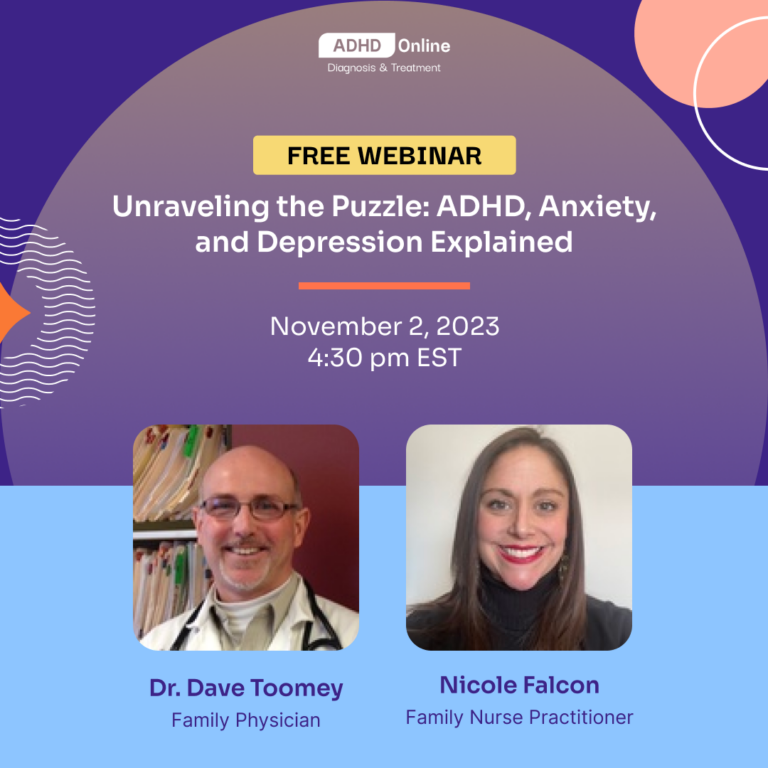By Maria Romaszkan
Almost all of us have some parts of our bodies we don’t particularly like and perceive as a flaw. In body dysmorphic disorder, or BDD, your focus and reaction to a “flaw” with your body can be extreme and hinder your ability to lead a satisfying life.
Also informally known as body dysmorphia, this disorder can lead to serious mental health conditions like depression, anxiety, self-harm or even suicide.
Some of the common symptoms of body dysmorphic disorder are:
- Spending a lot of time in front of a mirror and constantly checking your reflection or avoiding mirrors altogether.
- Comparing yourself to others all the time.
- Trying to hide the “flawed” body part — with makeup or clothing, for example.
- Constantly asking others if you look OK.
- Not believing when they say you look fine.
- Avoiding social interactions, isolating yourself.
- Compulsive skin picking.
- Low mood, despair, depression.
- Feeling anxious.
- Suicidal ideation.
Body dysmorphia and ADHD
Emerging research has shown that body dysmorphic disorder has high comorbidity with ADHD. That means people with body dysmorphic disorder are more likely than the average person to also have ADHD. And people with ADHD are more likely than the average person to also have BDD.
In a 2018 study, patients with BDD were twice as likely to be also diagnosed with ADHD. A 2019 study pointed out that body dysmorphia is more likely to coexist with such conditions as obsessive compulsive disoder, anxiety and ADHD. And another 2019 study showed that BDD has high comorbidity with post traumatic stress disorder, depression anxiety and a slightly lower association with ADHD.
“Dealing with BDD on its own can be challenging, as you constantly remind yourself that you are not perfect and can take drastic, compulsive steps to fix flaws,” says David Tzall, a New York City-based therapist. “No matter how much you fix these flaws, you will always likely see yourself as physically defective. Having ADHD can make BDD more challenging, as these individuals may have more difficulty with impulsivity, distraction and organization.”
Living with ADHD can be overwhelming and frustrating. People can focus on their perceived flaws and “correcting” them as a way to regain a sense of control.
Concentrating on your body may also be more stimulating to your ADHD brain than mundane tasks. With ADHD, impulse control is often tricky. It can be far easier to follow the urge to brush your hair or pick your skin than do chores or stay with uncomfortable emotions.
Moreover, people with ADHD often have low self-esteem. That can result from a lack of proper support and constant criticism that can leave people feeling inadequate. They may concentrate on their body in hopes of becoming more attractive in the eyes of others and, thus, more likely to be accepted. The need to please others and looking for validation from others can also lead to low self-esteem.
How to manage body dysmorphia
Here are some ways people with body dysmorphic disorder can manage the condition:
• Improve self-esteem
As we’ve mentioned, people with ADHD may not have healthy self-esteem. Improving it is not easy, but try to use baby steps and celebrate each one you take. Start simple: Ask people what they like about you or make your own list of things you like about yourself.
“Avoiding the practice of comparing yourself to others can certainly help manage symptoms as you don’t hold unrealistic anchors of ideal beauty,” Tzall says. “Focusing on your unique qualities and strengths will be key.”
• Practice self-compassion
Studies show that people with higher levels of self-compassion have fewer symptoms of body dysmorphic disorder.
Catch moments when your inner critic speaks out and challenge its negative assumptions. You may feel silly at first, but talk to yourself like you would to a loved one. Be accepting, understanding and empathetic. You may also use meditation and positive affirmations to practice self-compassion.
• Learn to shift your focus
It will take some time, but learn to shift your focus from your body and negative thoughts in a healthy way. It might be easy to distract yourself by reaching for your phone and scrolling social media — but this method can do more harm than good.
Instead, try to stay in the moment by practicing mindfulness. You can do that by refocusing on your surroundings or current task, like making dinner or walking your dog.
Learning to shift your focus can take time and practice, but this skill can help you stay more present and grounded.
• Increase body awareness
Another way to practice mindfulness is to focus on your body and its sensations. Some great ways to start increasing your body awareness are yoga, tai chi or body scan meditation.
“The benefit of these practices is that it gets you in touch with your body and its natural cues,” Tzall says. “This is important, as you were probably disconnected from what you needed and what your body was saying from years of not listening to it or fighting against it.”
• Connect with others
Surround yourself with people who love and respect you just the way you are, and understand how ADHD and body dysmorphia affect your life and the way you interact with others.
Consider reaching out to nonprofit organizations offering peer support. You may also join a local or online support group to connect with people with similar experiences.
• Take care of yourself
Proper sleep, diet and exercise can significantly improve mood, lower anxiety and help manage ADHD symptoms. Regular physical activity can also help raise your self-esteem and make you feel more positive about your body.
At the same time, avoid alcohol and recreational drugs, which can adversely affect your physical and mental health.
• Try therapy
Cognitive behavioral therapy, or CBT, is an evidence-based treatment for BDD, during which you challenge your way of thinking and harmful mechanisms.
“Cognitive behavioral therapy has been clinically researched to be the best form of therapy to treat body dysmorphic disorder,” says Ekta Mansukhani, a London-based CBT therapist and a practitioner of a type of mental health treatment called eye movement desensitization and reprocessing therapy, or EMDR. “With this therapy, we aim to help the client understand how unhelpful negative thoughts about their appearance can result in them engaging in unhelpful behaviors that reinforce the problem and vice versa.”
Mansukhani adds: “For example, if somebody has negative and critical thoughts about their appearance, they are more likely to focus all their attention on how they look. This may result in them wanting to avoid certain situations because of how they feel about themselves. The more they avoid situations or people, the more anxious they will feel about their appearance, keeping them stuck in a vicious cycle. With CBT, we aim to help people break out of this cycle and engage with what is most important to them.”
As a person with ADHD, you can also benefit from therapy or coaching that will help you understand and manage your symptoms, which may improve your body dysmorphia symptoms as well.
• Consider medication
Another form of treatment for body dysmorphic disorder are antidepressant medications. Usually, a type of antidepressant medication called a selective serotonin reuptake inhibitor, or SSRI, is used. The antidepressant can significantly improve symptoms and quality of life for many people.
What’s more, ADHD medication, such as stimulants, can help with better impulse control and focus, thus making you feel more grounded and in control.




